Resource Library
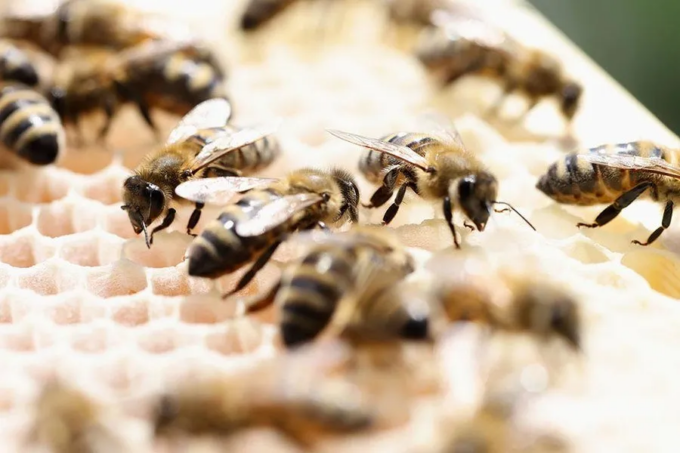
A Quick Reference Guide to Honey Bee Parasites, Pests, Predators, and Diseases
Information about common honey bee maladies, including varroa mite, tracheal mite, bee louse, skunks, bears, foulbrood, and nosema.
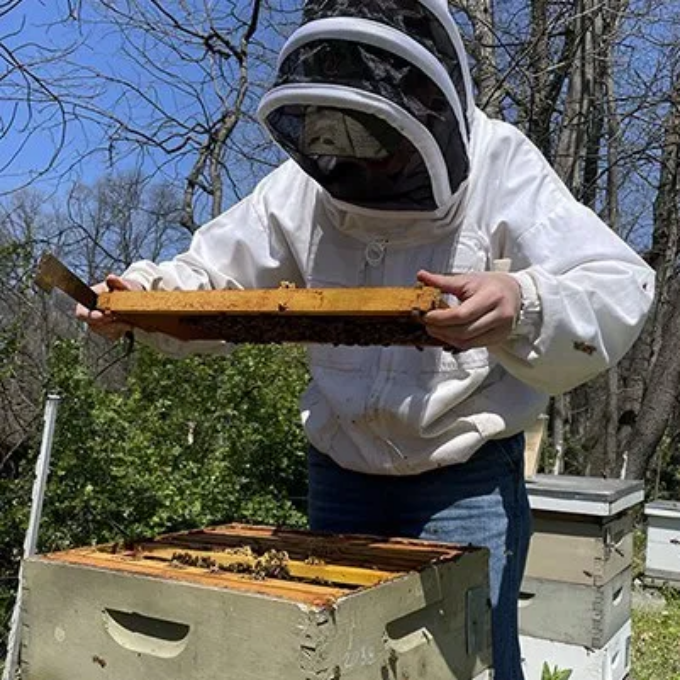
Alcohol Wash for Varroa Mite Monitoring
An alcohol wash is the best method for monitoring Varroa mite populations in honey bee colonies.
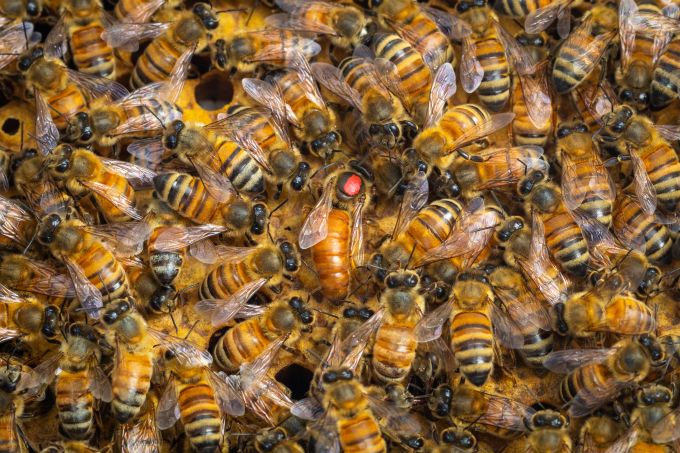
An Introduction to Honey Bee Breeding Program Design
Evaluating colony performance and making informed selections of breeding stocks requires meticulous planning, rigorous record keeping, and regular inspections. Because honey bee queens naturally mate in flight with multiple males of unknown lineage, making controlled crosses requires specialized training and equipment. In this document, learn how to implement and evaluate a long-term honey bee breeding program.
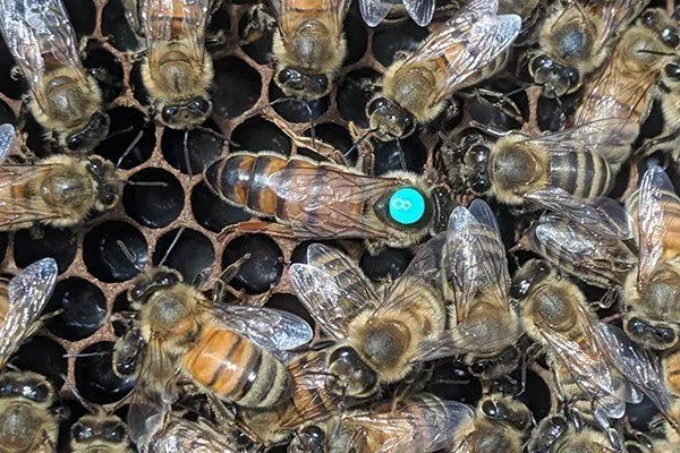
An Introduction to Queen Honey Bee Development
The queen is the most important individual in a colony. She is the only bee capable of producing workers and tens of thousands of workers are required for strong colonies.
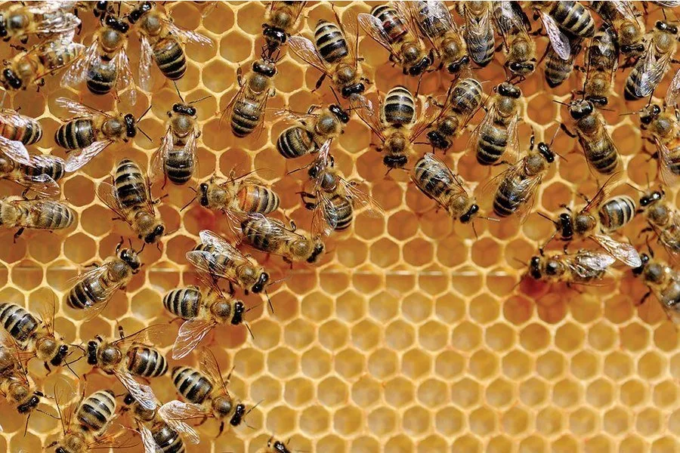
An Organic Management System for Honey Bees
Outlines the practices, treatments, and steps for managing honey bees using an organic management system.
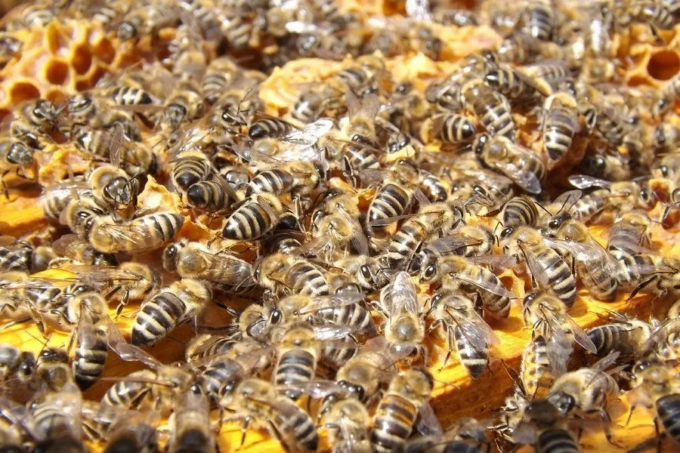
Beekeeping - Honey Bees
Honey bees can be managed to produce many products, but they are even more valued for the major role they play in pollination of agricultural crops.
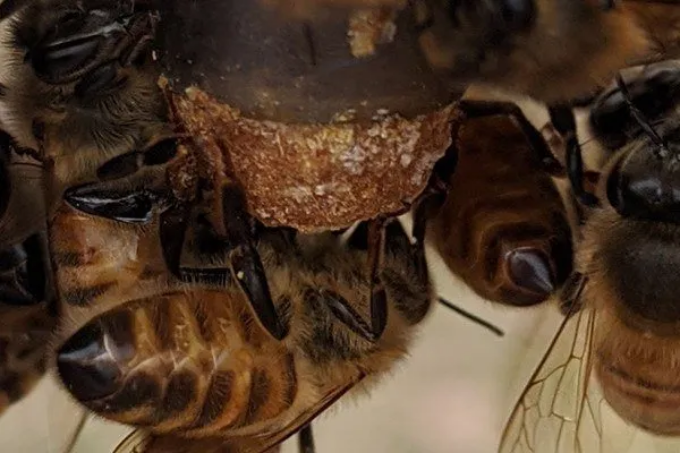
Beekeeping Cell Builder Basics
Honey bee colony behavior is dynamic and extremely adaptable, which allows for easy manipulation and management of these amazing social insects.
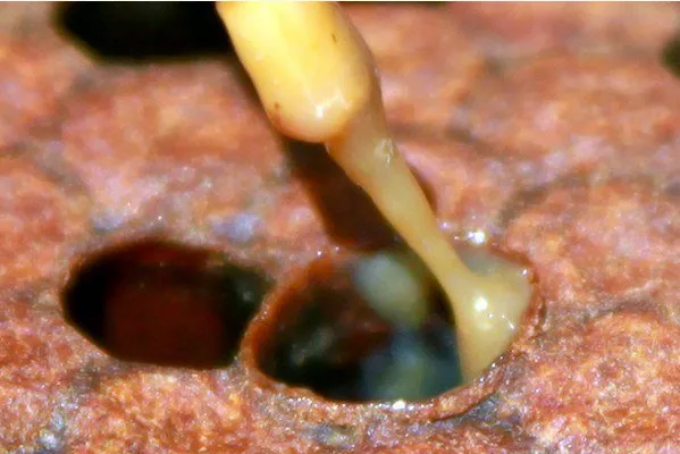
Enfermedades de la Abeja de Miel Loque Americana
La loque americana únicamente afecta a las larvas de la abeja de miel, debilita a la colonial y provocando rápidamente su muerte.

Enfermedades de la Abeja de Miel: Loque Americana
La loque americana únicamente afecta a las larvas de la abeja de miel, debilita a la colonial y provocando rápidamente su muerte.
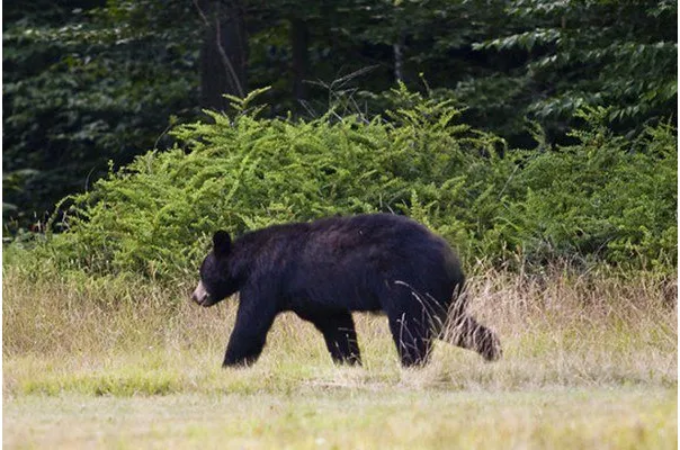
Hive Protection Bear Fence Design
Protecting honey bee hives from wildlife is sometimes necessary.
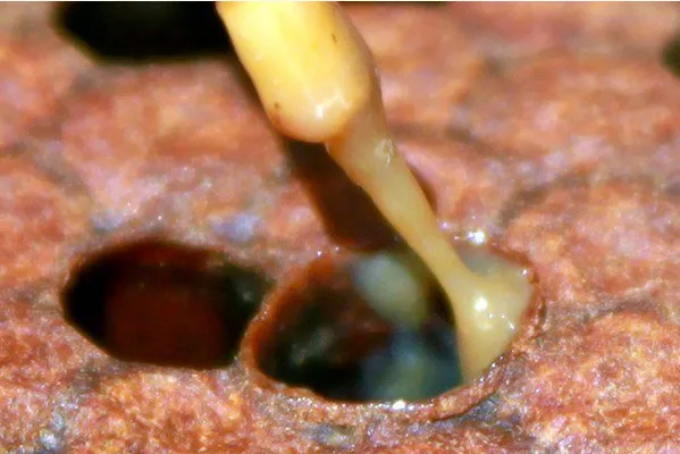
Honey Bee Diseases American Foulbrood
American foulbrood only attacks honey bee larvae, weakening the colony and quickly leading to its death.
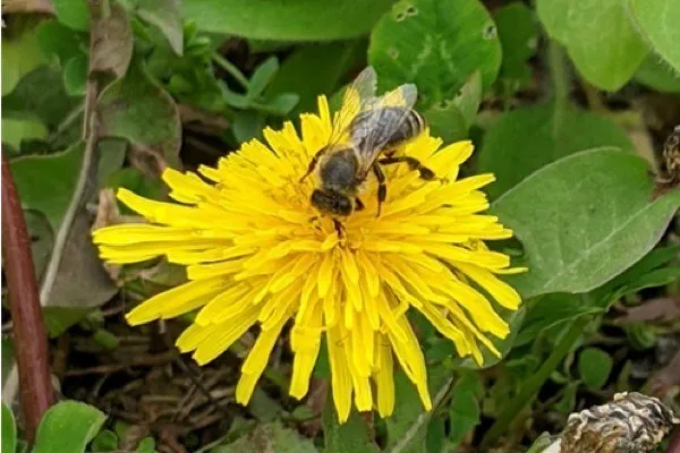
Honey Bee Management Throughout the Seasons
The honey bee colony lifestyle is closely linked to the seasons when the availability of flowering plants, temperature, and precipitation vary dramatically.
Methods to Control Varroa Mites: An Integrated Pest Management Approach
Varroa mites (Varroa destructor), are the most influential of all of the pests and diseases of the European honey bee (Apis mellifera) today.

Métodos para el control de Varroa destructor un enfoque de manejo integrado de plagas
El parásito Varroa destructor es actualmente la plaga más importante de la abeja de miel occidental (Apis mellifera).
Orchard IPM - Protecting Honey Bees
European honey bees are the primary managed pollinators in orchards because their abundance can be managed from year to year.
Orchard Pollination: Honey Bees
European honey bees are the primary managed pollinators in orchards because their abundance can be managed from year to year.
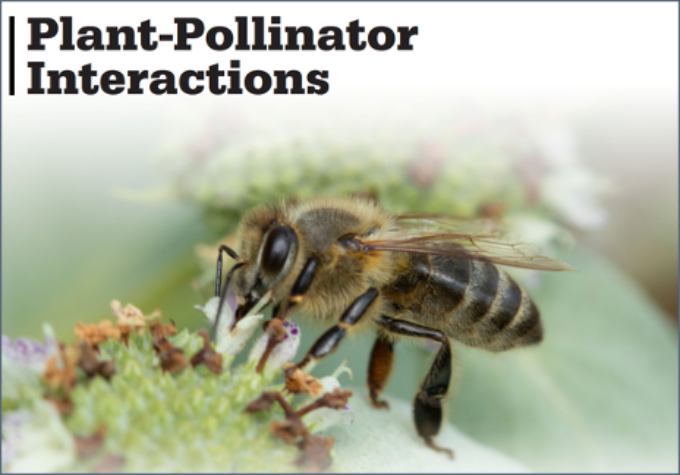
Plant Pollinator Interactions Lesson Plan
This lesson plan guides students to understand plant-pollinator interactions. Students will be able to recognize the mechanisms governing pollinator attraction to floral types and understand how plant-pollinator mutualisms may have contributed to species diversification through co-evolution.
Pollinator Declines
Domestic honey bees hives are down by 59% compared to 60 years ago with rapid declines over the last forty years. The populations of some native bee species may also be declining.
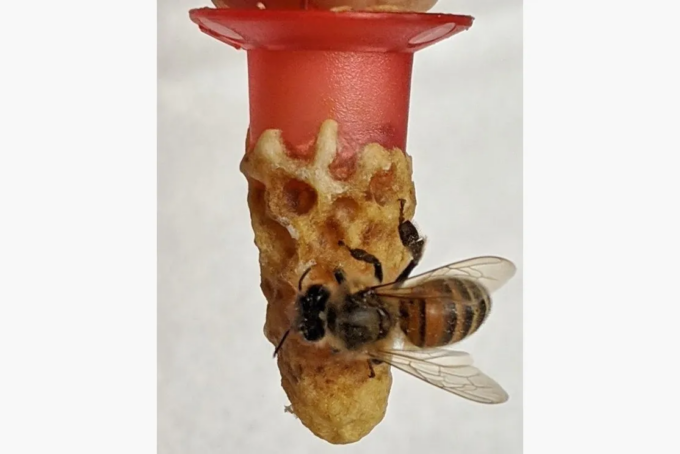
Queen Cell Production Grafting and Graft-Free Methods
Queen production allows beekeepers greater autonomy and independence, enabling individuals to better meet the goals of honey production, pollination, colony production, and genetic selection.
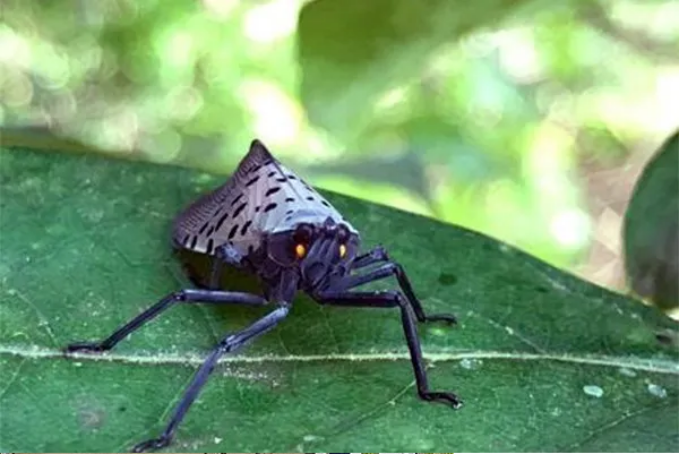
Spotted Lanternflies and Beekeeping
The spotted lanternfly, Lycorma delicatula, is an introduced plant hopper from China that is rapidly expanding its range in the United States.
Spring Bees: Who Are They and Where Do They Live?
While spring is the beginning of the beekeeping season, early blooming plants not only feed honey bees but also hundreds of native solitary bee species that emerge at around the same time.

Video: Beekeeping in Autumn
As flowers fade and temperatures fall, we inspect our honey bee hives and prepare them for winter. Proper management greatly increases a colony’s chance of survival. At The Arboretum of Penn State, we manage three honey bee colonies.
What is it like to inspect a honey bee hive? Undergraduate student Kaleena Czajkowski shares her experience beekeeping for the Penn State Center for Pollinator Research.
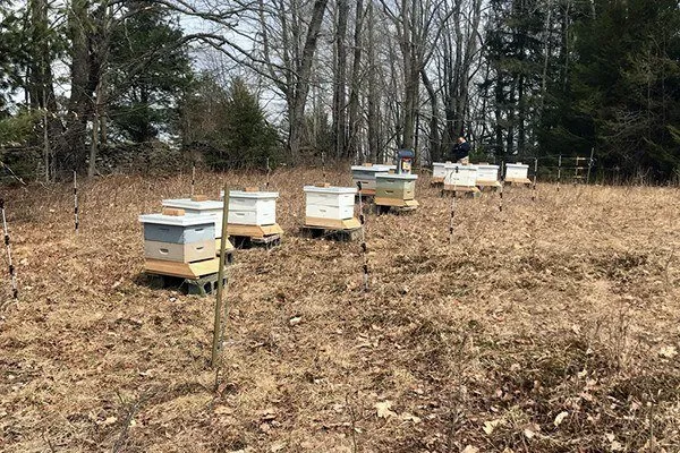
Viruses in Honey Bees
Honey bees are infected with many different kinds of viruses. However, most virus infections are not problematic, if the honey bee colony is healthy and does not experience chronic stress.
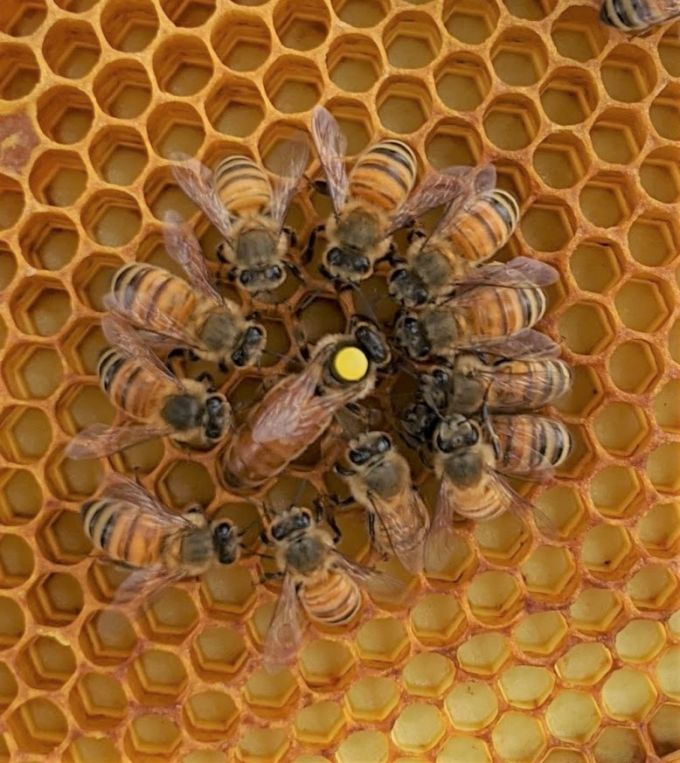
Webinar: The Making of a Queen
Presented by the NY Bee Wellness Workshops, speaker Kate Anton discusses queen biology and rearing, colony dynamics, data collection, selection, breeding and mating.
Kate Anton is a beekeeper, EPIQ instructor, and lab technician for the Grozinger Lab at Penn State University.
